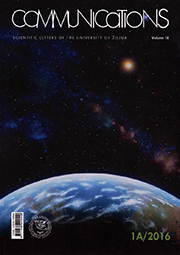Numerical Simulation of Residual Stresses and Distortions of T-Joint Welding for Bridge Construction Application
Numerical Simulation of Residual Stresses and Distortions of T-Joint Welding for Bridge Construction Application
Author(s): Radoslav Konar, Marek Patek, Michal SventekSubject(s): Methodology and research technology, ICT Information and Communications Technologies
Published by: Žilinská univerzita v Žilině
Keywords: distortions; finite element method; residual stress; SYSWELD; welding simulation;
Summary/Abstract: Prediction of the distortions and residual stresses of the welded steel structures is still very important to reduction of the costs, mainly during the optimization of welding process. If there is necessity of the higher welding current to ensure weld penetration, distortions might be influenced by appropriate welding sequence. During optimization process, numerical analysis of welding process, based on finite element method, can be used to prediction of distortions at different welding sequences without necessity of preparing high amount of experimental samples. Numerical simulation of T-joint welding process is presented in this article, together with verification of the analysis by thermocouple measurements and contactless measurement of distortions.
Journal: Komunikácie - vedecké listy Žilinskej univerzity v Žiline
- Issue Year: 18/2016
- Issue No: 1A
- Page Range: 75-80
- Page Count: 6
- Language: English

